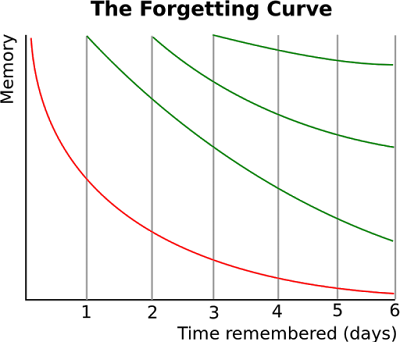Engaging with stakeholders to ensure relevance of learning
Ensuring relevance of learning is without a doubt the single most important thing when designing/developing a course. Learners will simply not be able to gain anything from a course if it does not cater to what the learner wants to achieve. Relevancy in a course can be achieved by accurately determining course requirements (what is covered in the course and how the course will be done) and stakeholder expectations (how a learner wants to learn, how do they like to get feedback, course duration, medium, depth etc.) and then meeting them to the maximum extent possible. However due to a combination of situations, constraints and stakeholder demands this is easier said than done. The technique that I have used to make learning relevant is to gather as much information as possible from as many stakeholders (managers, learners, SME, customers etc.) as possible. Now given the short production times I am not always able to get as much info as I would like to have but I always try to ge
